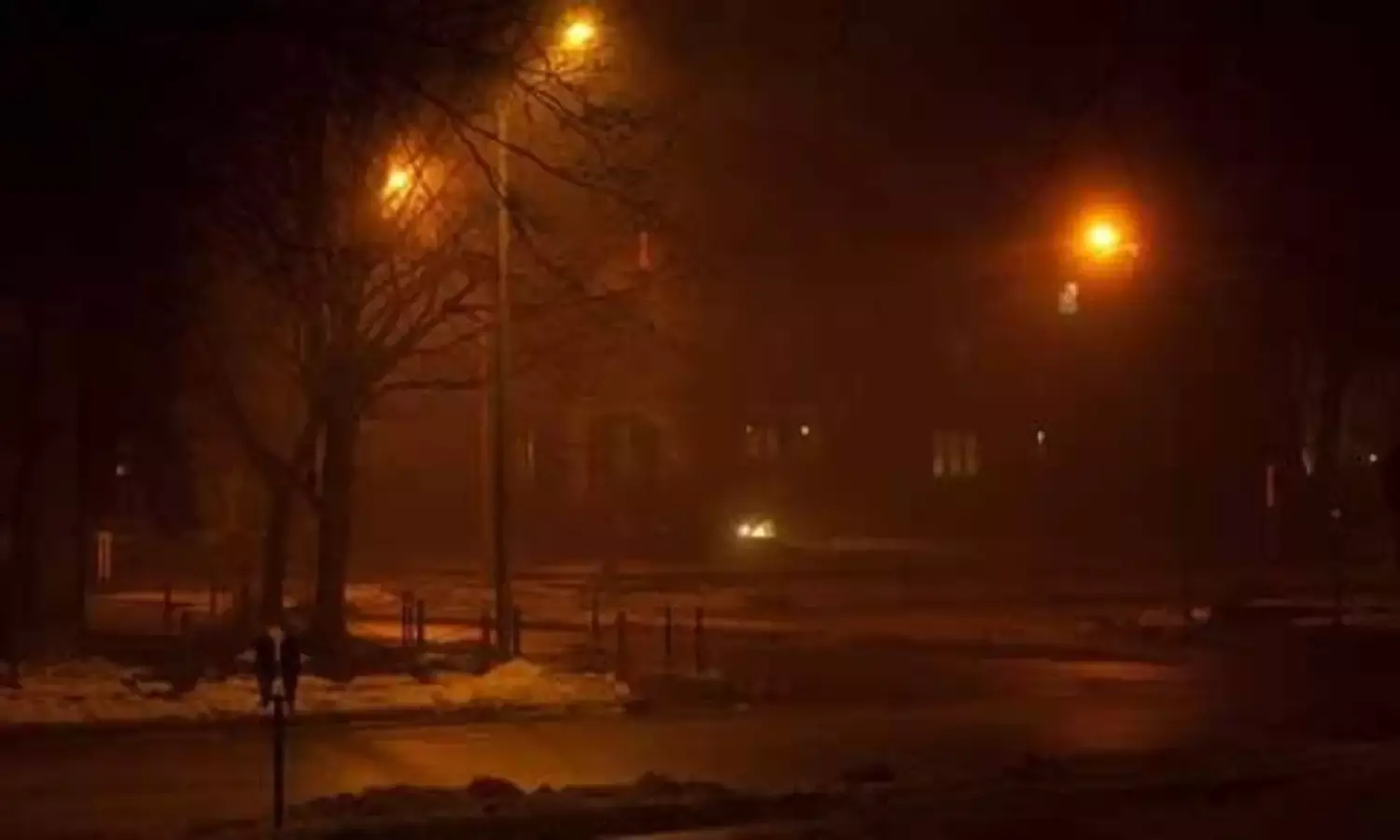The Moving Finger Writes'..
Kashmir imbroglio

The decision of scrapping of Art.370 and Art.35A was in satisfaction of long-expressed aims of the BJP. Had this been done with due political-cum-legal process with the massive legislative majority BJP enjoys, there may have been little or no resistance.
Notwithstanding, it must be admitted that any political decision whatsoever taken in respect of Jammu & Kashmir State by whomsoever, would certainly displease some and please others. The blitzkreig decision to repeal Art.370 and Art.35A indicates that the Modi-2 government has bitten the bullet.
The internal security situation in erstwhile J&K State has been steadily worsening over the years, with poorly hidden Pakistani instigation. Pakistan has stoked political unrest by capitalizing on the legacy of political chicanery, diplomatic and administrative bumbling and bungling, and rank corruption among successive state and union governments up to the present.
The Kashmir problem which was politically-created has been sought to be addressed by increasing deployment of police-CAPF-military security forces over decades. In the absence of timely and genuine political initiatives, this has been a failure, and has exacerbated the problem.
Repealing Art.370 is fraught with legal, political, security, social and economic consequences. The legal matters are sure to be brought before the Supreme Court sooner than later, and the judicial outcome can only be awaited with bated breath.
The political issues have been sought to be solved by splitting the State into two union territories (UTs). Since this is without the involvement of Kashmiri people or their political leaders, howsoever intransigent they may have been, it is a “solution” which will be unacceptable to them.
Providing Ladakh with the status of UT without legislature, is being celebrated by Ladakhis, long smarting under adverse discrimination by Kashmiri dominance. However, this may cause fresh tensions between the largely Kargil-based Shia Muslims and the Leh-based Buddhists competing for doles from distant Delhi rulers.
It is important to note that Kashmiri Pandits [Note 1] were driven out of their homelands especially accelerating from January 19 1990 when they were declared ‘kafirs’ in their own homeland. Large numbers of them are still living in camps. They are naturally delighted with repeal of Art.370. However, whether, when and how they may return to their lost lands, properties and livelihoods, especially with repealed Art.35A admitting non-Kashmiris to property ownership, is a moot point of practicality, given entrenched systemic corruption and red-tape.
The Modi-1 government earlier addressed Internal security by a muscular policy of increasing boots-on-the-ground. Pre-empting escalation of violence due to repealing Art.370 and Art.35A was done by inducting more security forces, placing Kashmiri political leaders under house arrest, and virtually shutting down communications. According to one source, boots-on-the-ground are now a sizeable fraction of the Kashmiri population, which is therefore under seige.
Burhan Wani’s killing (July 2016) caused spontaneous eruption of violence, which took the government by surprise. How internal security will now play out in coming weeks is to be seen, but one hopes that the repercussions have been thought-through. Arguably, even more boots-on-the-ground in response to further worsening internal security will escalate violence and possibly spill-over into other regions. Violence and reciprocal violence has the nasty character of spiralling out of control.
Even though the present bold political action has been widely lauded, it has also attracted well-argued objections within the country. When other countries have been silent, Pakistan has commented on the repeal of Art.370 and Art.35A. This is highly objectionable since Kashmir is an integral part of India, and Pakistan has no business interfering in India’s internal affairs.
Repealing Art.35A may provide encouragement to non-Muslim populations from other parts of India to migrate into Kashmir and cause a demographic shift from the current 96.4% Muslim majority in Kashmir valley. It would be fair to anticipate that this would lead to enormous outbreaks of violence, with nation-wide repercussions which will threaten the integrity of the Republic.
Another consequence of this blitzkreig is in terms of resources required to create jobs, and the ensuing vicious competition for those jobs between Kashmiris and in-coming populations. Development of the new J&K UT will call for central investment which will strain the union budget, and will have to be balanced between the competing demands of Hindu-dominated Jammu and Muslim-dominated Kashmir of the UT. The result, even while the Indian economy itself is in difficult circumstances, can only be guessed at. It may well exacerbate the present difficult economic and fiscal situation.
Demonetization (November 2016) was flashed upon an unsuspecting population, with consequences which are even now playing out. The repeal of Art.370 and Art.35A has taken the nation by surprise just like demonetization did. One prays that this will not be a similar misadventure. It is apt to quote Fitzgerald’s translation of the Rubaiyat of Omar Khayyam:
The Moving Finger writes; and, having writ,
Moves on: nor all thy Piety nor Wit
Shall lure it back to cancel half a Line,
Nor all thy Tears wash out a Word of it.
NOTE 1. Estimates of the numbers of Kashmiri Pandits resident in Kashmir (N1) and driven out of Kashmir (N2) varies between N1=2.0 lakhs with N2=1.9 lakhs, and N1=1.4 lakhs with N2=1.0 lakh. , accessed on 06.8.2019.
~~~~~~~~~~~~~~~~~~~~~~~~~~~~~~~~~~~~~~~
S.G.Vombatkere was commissioned as an officer into the Corps of Engineers (Madras Sappers) in 1962. In 1994, President of India awarded him the Visishta Seva Medal (VSM) for distinguished services rendered during military service in the cold, high altitude region of Ladakh. He retired from active service in 1996 in the rank of Major General.
Cover Photograph Greater Kashmir



